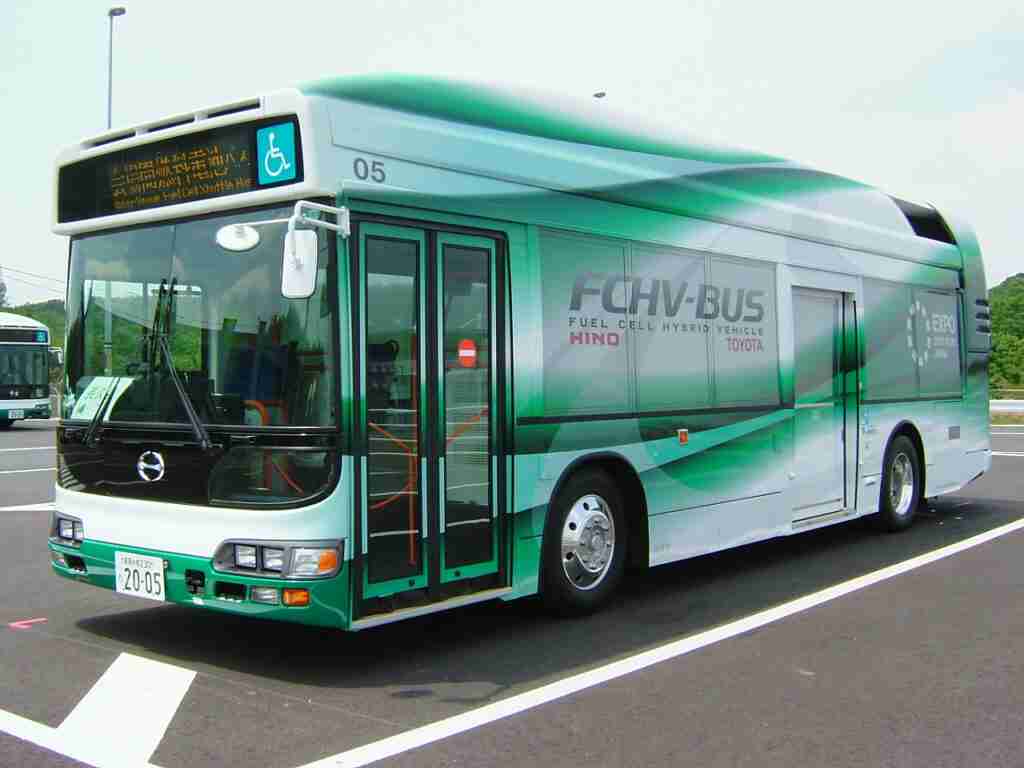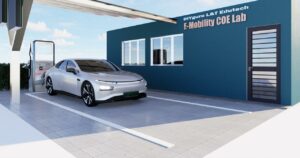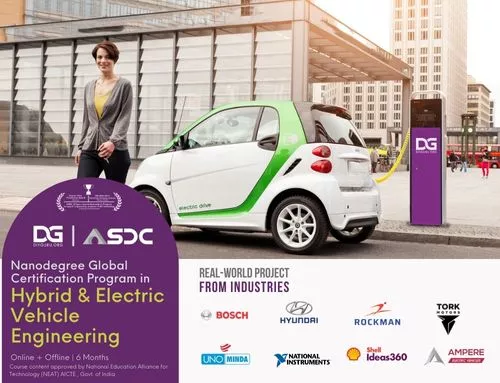Introduction:
Ultra Low Emission Vehicles (ULEVs) are a new generation of vehicles that produce very low emissions and are environmentally friendly. As the world becomes more conscious of its impact on the environment, ULEVs are becoming increasingly popular. In this blog post, we will explore what ULEVs are, how they work, and their benefits.
What are Ultra Low Emission Vehicles?
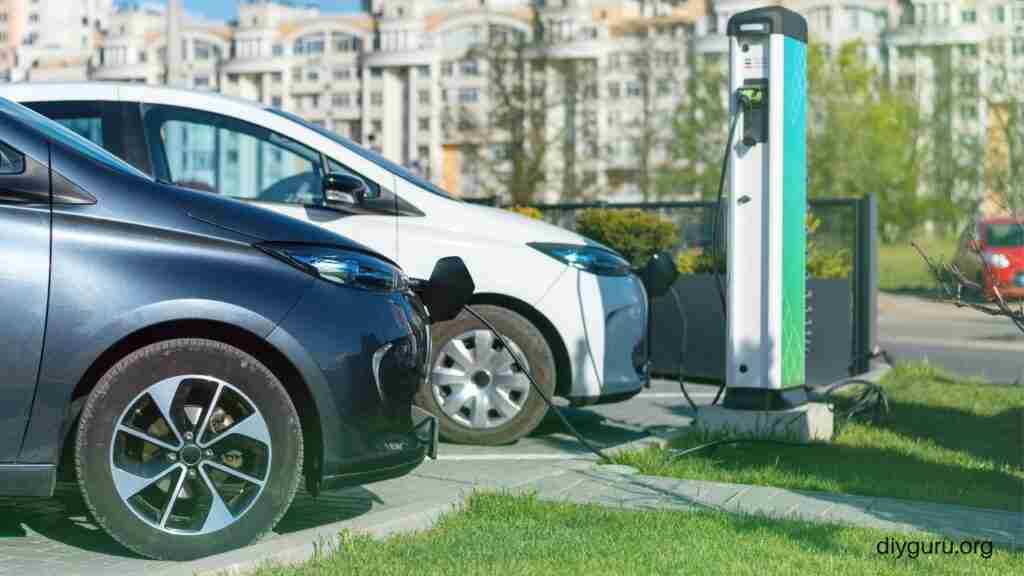
Ultra Low Emission Vehicles (ULEVs) are a new generation of vehicles that produce very low emissions and are environmentally friendly. ULEVs are designed to produce less than 75g/km of CO2 emissions, which is significantly lower than the emissions produced by traditional vehicles.
Types of Ultra Low Emission Vehicles:
There are several types of Ultra Low Emission Vehicles, including battery electric vehicles (BEVs), plug-in hybrid electric vehicles (PHEVs), and hydrogen fuel cell vehicles. BEVs are fully electric and rely solely on a rechargeable battery to power the electric motor. PHEVs have both an electric motor and an internal combustion engine. The electric motor is powered by a rechargeable battery, while the internal combustion engine is used to extend the vehicle’s range. Hydrogen fuel cell vehicles use hydrogen to generate electricity to power the electric motor.
How Ultra Low Emission Vehicles Work?
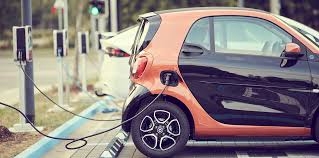
Ultra Low Emission Vehicles work by using advanced technology to reduce the amount of emissions produced by the vehicle. BEVs rely on rechargeable batteries to power the electric motor, which produces no emissions. PHEVs use both an electric motor and an internal combustion engine to power the vehicle, but the electric motor produces fewer emissions than the internal combustion engine. Hydrogen fuel cell vehicles use hydrogen to generate electricity to power the electric motor, which also produces no emissions.
Benefits of Ultra Low Emission Vehicles:
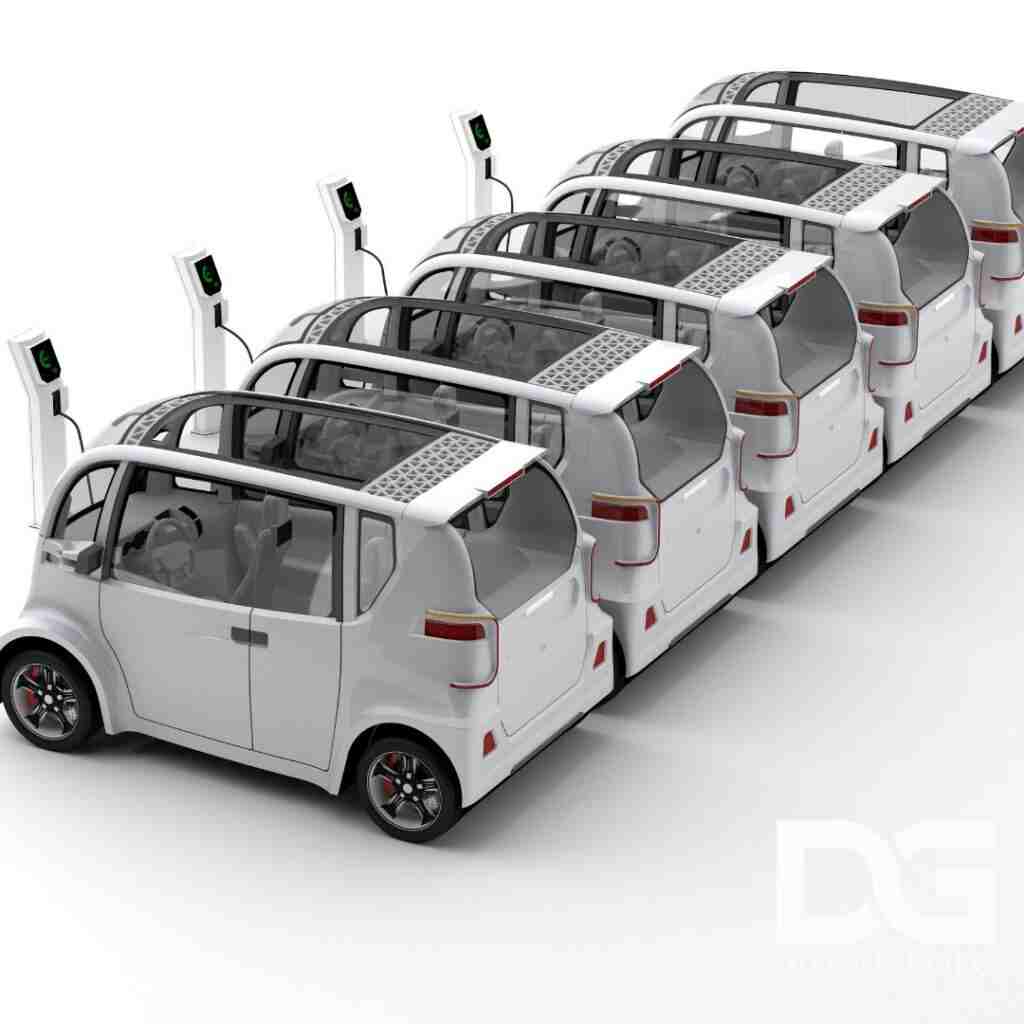
Ultra Low Emission Vehicles offer several benefits over traditional gasoline-powered vehicles. First and foremost, they are much better for the environment. Since ULEVs produce very low emissions, they help reduce air pollution and promote cleaner air. Additionally, ULEVs are more energy-efficient than traditional vehicles, which means that they require less energy to run.
Another benefit of ULEVs is that they are much cheaper to operate than traditional vehicles. Since ULEVs produce fewer emissions, they are often exempt from congestion charges and road tax. Additionally, ULEVs require less maintenance than traditional vehicles, which means that they are more cost-effective over the long term.
Challenges of Ultra Low Emission Vehicles:
While ULEVs offer many benefits, there are also some challenges that come with owning one. One of the biggest challenges is the limited range of electric vehicles. While ULEVs are becoming more advanced and have longer ranges than ever before, they still can’t match the range of a traditional gasoline-powered vehicle.
Another challenge is the lack of charging infrastructure. While there are more and more charging stations popping up every day, there are still many areas where charging an electric vehicle can be difficult or impossible. This can make it difficult for ULEV owners to take long road trips or travel to remote areas.
What does ULEV mean in cars?
ULEV stands for Ultra Low Emission Vehicle, which is a type of vehicle designed to produce very low emissions and be environmentally friendly. ULEV is the term used to describe any vehicle that: uses low carbon technologies. emits less than 75g of CO2/km from the tailpipe.
What is the difference between ULEZ and ULEV?
Ultra low emissions streets, or ULEV Streets, are a Hackney-led scheme which differ from the ULEZ, which is a London-wide scheme led by TfL. The ultra low emissions streets in Shoreditch will only permit ultra low emission vehicles, which are vehicles that emit 0-75g of CO2 per km driven.
Conclusion:
Ultra Low Emission Vehicles offer a promising solution to the environmental and economic challenges facing the automotive industry. While there are still some challenges to overcome, ULEVs are becoming more advanced and more popular every day. With continued research and development, ULEVs have the potential to revolutionize the way we think about transportation and help create a more sustainable future.
FAQs:
Q1. What are Ultra Low Emission Vehicles (ULEVs)?
Ans. Ultra Low Emission Vehicles (ULEVs) are a new generation of vehicles that produce very low emissions and are environmentally friendly. ULEVs are designed to produce less than 75g/km of CO2 emissions, which is significantly lower than the emissions produced by traditional vehicles.
Q2. What types of ULEVs are there?
Ans. There are several types of ULEVs, including battery electric vehicles (BEVs), plug-in hybrid electric vehicles (PHEVs), and hydrogen fuel cell vehicles.
Q3. How do ULEVs work?
Ans. ULEVs work by using advanced technology to reduce the amount of emissions produced by the vehicle. BEVs rely on rechargeable batteries to power the electric motor, which produces no emissions. PHEVs use both an electric motor and an internal combustion engine to power the vehicle, but the electric motor produces fewer emissions than the internal combustion engine. Hydrogen fuel cell vehicles use hydrogen to generate electricity to power the electric motor, which also produces no emissions.
Q4. How do ULEVs benefit the environment?
Ans. ULEVs produce very low emissions, which help reduce air pollution and promote cleaner air. Additionally, ULEVs are more energy-efficient than traditional vehicles, which means that they require less energy to run.
Q5. Are ULEVs more expensive than traditional vehicles?
Ans. The initial cost of ULEVs is typically higher than that of traditional vehicles. However, the cost of operating a ULEV is significantly lower than that of a traditional vehicle, as ULEVs produce fewer emissions and are often exempt from congestion charges and road tax.
Q6. How long does it take to charge an ULEV?
Ans. The time it takes to charge an ULEV depends on the size of the battery and the power of the charging station. A typical home charging station can take several hours to fully charge an ULEV, while a fast-charging station can charge a vehicle in as little as 30 minutes.
Q7. How far can an ULEV travel on a single charge?
Ans. The range of an ULEV depends on the size of the battery and the driving conditions. Most ULEVs can travel between 100 and 300 miles on a single charge.
Q8. Are ULEVs safe to drive?
Ans. Yes, ULEVs are just as safe to drive as traditional vehicles. In fact, many ULEVs have received high safety ratings from organizations like the National Highway Traffic Safety Administration (NHTSA).
Q9. Are there any tax incentives for buying an ULEV?
Ans. Yes, there are federal tax incentives available for buying an ULEV. Additionally, some states and municipalities offer their own incentives, such as tax credits and rebates.
Q10. How can I find charging stations for my ULEV?
Ans. There are several resources available for finding charging stations for ULEVs, including apps and websites that provide maps of charging station locations. Your ULEV manufacturer may also provide information on charging station locations.
Q11. What are some examples of ULEV models?
There are many examples of ULEV models available on the market. Some popular ULEV models include:
- Tesla Model S
- Chevrolet Bolt EV
- Nissan Leaf
- Toyota Prius Prime
- BMW i3
- Hyundai Ioniq Electric
- Audi e-tron
- Ford Mustang Mach-E
- Kia Niro EV
- Volkswagen ID.4


